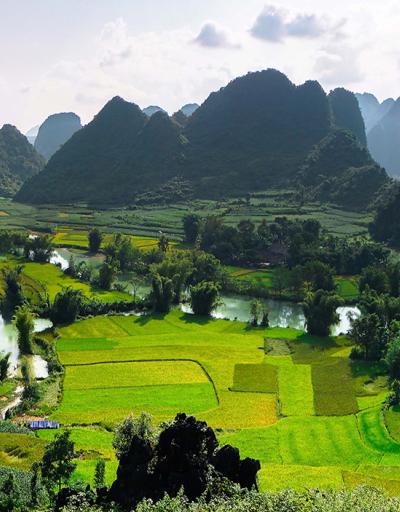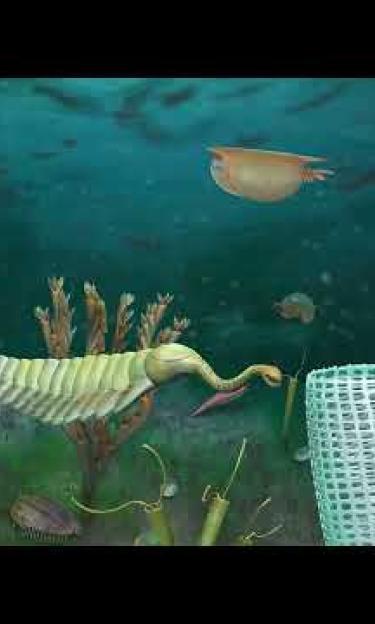
Rocks and the Rise of Ordovician Life (Rocks n' ROL)
Deciphering the complex interactions between climate change, biodiversity and ecosystem structuration is a major societal issue for future generations. The geological record offers the unique opportunity to document the impact of environmental changes in the biosphere in the past, and thus to provide some clues for the future. For this, the Early Palaeozoic is probably one of the most critical intervals from which to document such interactions between biotas and the Earth system. This interval saw major evolutionary events such as the Cambrian Explosion and the Great Ordovician Biodiversification Event, but also major shifts in climate with a dramatic impact on the biosphere. Recently, the development of large-scale collaborative palaeontological databases promoted high-resolution analyses of biodiversity patterns, which could be compared with different environmental proxies. However, most available data is so far strongly biased towards some geographic areas (Europe, North America) and time intervals (lower-middle Cambrian, Middle-Upper Ordovician).
Through a multidisciplinary approach, and in close collaboration with the Subcommission on Ordovician Stratigraphy (SOS), it is planned to provide the most complete picture of Ordovician data from all regions of the world, and for all fossil groups. The project aims at filling the numerous knowledge gaps in most regions of the world (e.g. Africa, Asia and South America), with a special focus on less-documented time intervals (e.g. late Cambrian to Early Ordovician).
Key information
Project Leader
Université Lyon 1, France
Highlights
Hybrid meeting with IGCP project 700
This event on “Palaeozoic carbonate build-ups in South-East Asia” included a meeting and fieldtrip training for students, academics and young scientists on Sibumasu Palaeozoic carbonate build‐ups, fossils and palaeoenvironments in Southern Thailand and Northern Malaysia. It was held in Krabi, Thailand in September 2023, in partnership with IGCP project 700 'Carbonate build-ups in South East Asia'.

11th European Conference on Echinoderms (ECE 11)
IGCP 735 held a dedicated session during the 11th European Conference on Echinoderms (ECE 11) including indoor scientific sessions and an excursion in the Ardèche region (la Voulte Lagerstätte).
Read more (pdf)
"Ordovician Rocks" YouTube channel
Videos highlighting the new Middle Ordovician Castle Bank lagerstätte are now available on the the “Ordovician Rocks” YouTube channel, courtesy of Palaeocast.

Geological heritage site recognition
The Ordovician Fezouata Shale fossil site at Jbel Tizagzaouine has been selected by the IUGS as one of their “First 100 IUGS Geological Heritage Sites”. The site was supported by two of IGCP project 735’s co-leaders.
The Fezouata Biota is remarkable and unique in bridging the Cambrian Explosion and the Great Ordovician Biodiversification Event. Discovered in 2000, the Fezouata Biota has enabled scientists of various expertise areas, to work together and produce landmark contributions in the fields of taphonomy, stratigraphy, taxonomy and evolutionary biology. The biodiversity, abundance and quality of the fossils preserved at the Fezouata Shale, and particularly the assemblage at Jbel Tizagzaouine, offer a unique window on to one of the most important evolutionary transitions in the history of Life on Earth and the establishment of the ecologically-modern marine biosphere.

2022 Annual meeting, Marrakesh, Morocco
The annual meeting of the IGCP project 735 was organized under the theme "Filling knowledge gaps in the Early Palaeozoic Biodiversification and Promoting Geological Heritage" in 2022.
The meeting included two days of scientific sessions at Cadi Ayyad University (Marrakesh), and a four-day field excursion in the Anti-Atlas with one full-day workshop in Zagora, allowing the opportunity to exchange with local populations, associations, and political representatives about the projects of the Bani Geopark. They discussed building a local museum in Zagora to promote regional archaeological, geological and palaeontological heritage in the Draa Valley.

This project was developed with the generous financial support of the Jeju Province Development Co. (JPDC).


